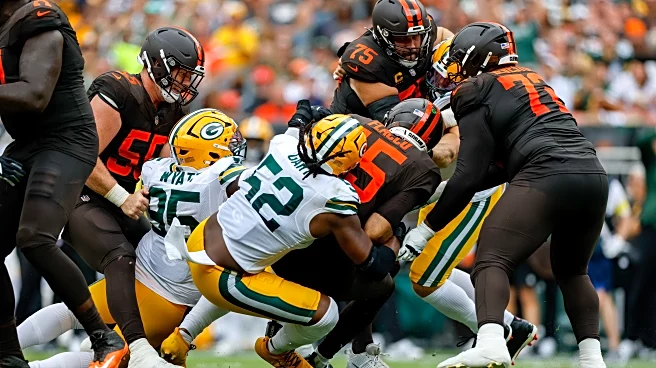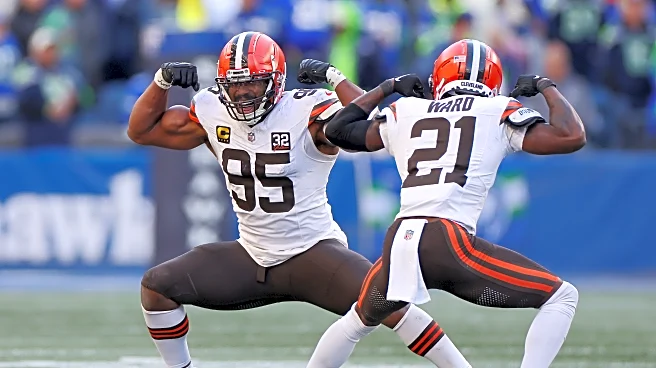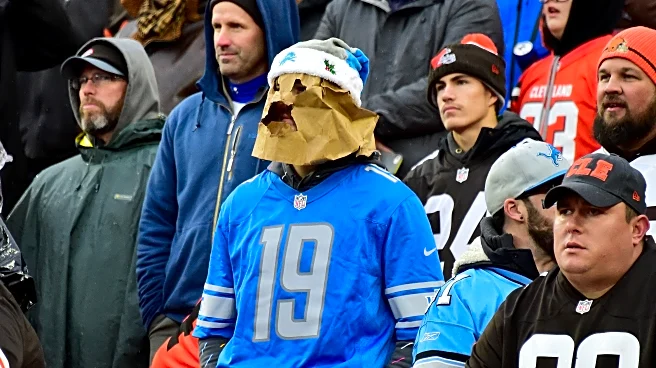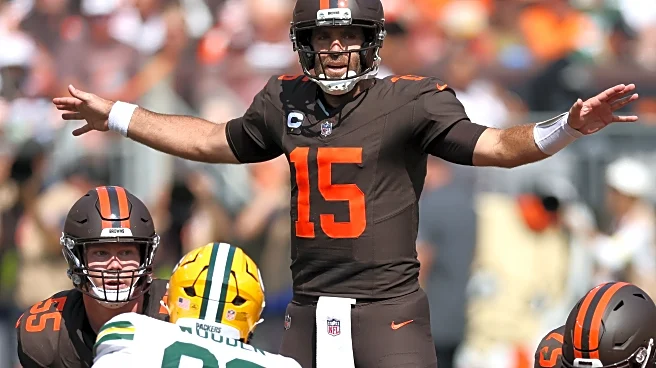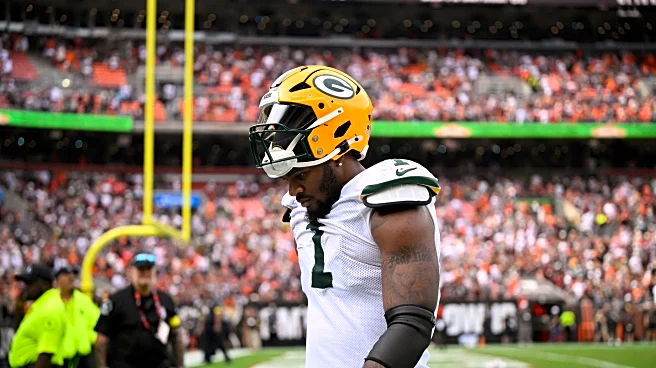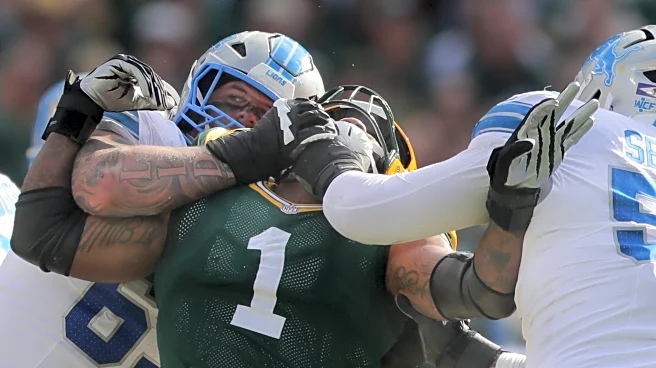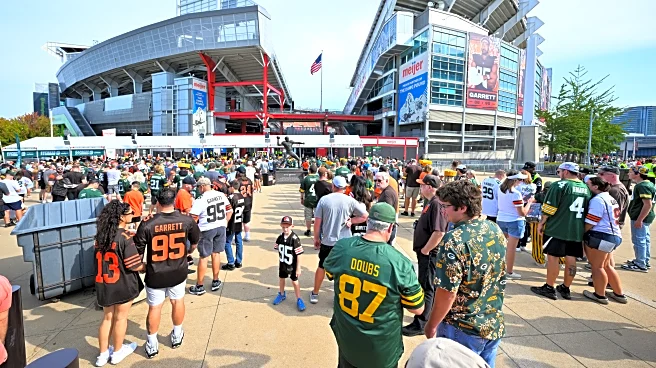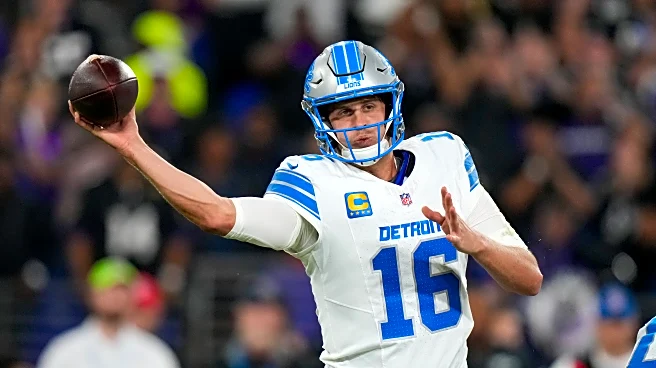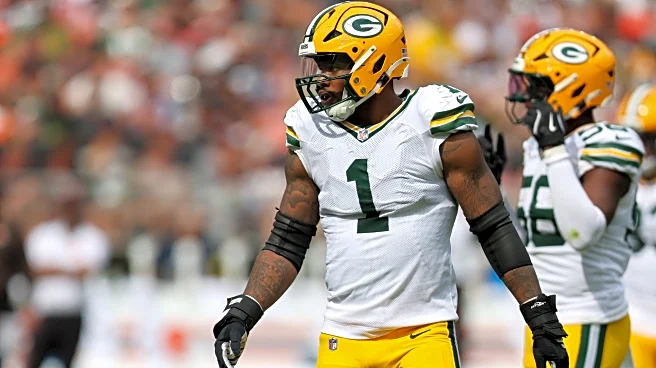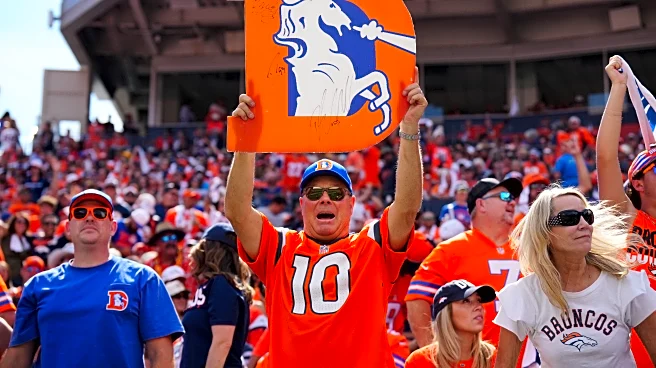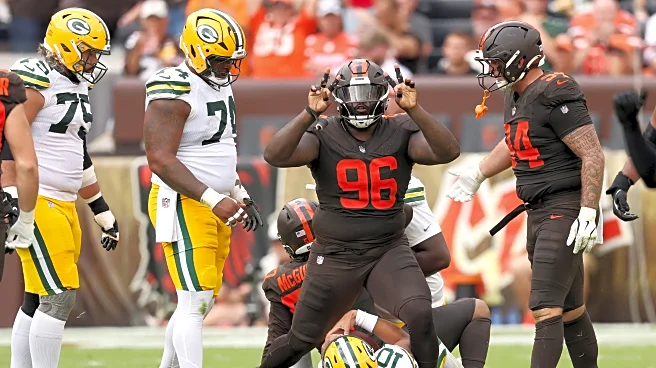The Green Bay Packers’ defense held the Cleveland Browns’ offense to just 13 points in a loss. From a defensive perspective, the team could not ask for much more from them. They recorded five sacks, one interception, and held the Browns to just 4-for-13 on 3rd downs. It was about as good a performance as anyone could ask for.
The blitz packages in this game from defensive coordinator Jeff Hafley were a big reason why the defense was largely able to clamp the Browns’ offense. When blitzed, Cleveland
quarterback Joe Flacco was 5-for-10, 31 passing yards, and one interception. The Packers’ front was able to get pressure on Flacco effectively and got home several times to sack him.
So how were the blitzes so effective? The first reason is how they structure the back-end coverage while blitzing. The second reason is the matchups Hafley can create now that Micah Parsons is on the roster.
The preferred way for the Packers to blitz is to send five or six while playing man coverage, cover-1 behind it, and not letting the receivers create space or by not letting the quarterback find throwing windows.

On a blitz, the Packers recorded a sack. They showed man coverage from the start with a 6-man rush. This is essentially a cover-0 blitz, but there’s a deep safety while leaving the tight end uncovered.

The front has six defenders on the line of scrimmage, with Parsons being the sixth man and aligned just on the heels of the defensive tackle. Since he can rush from anywhere from this alignment, the offensive line now has to sort out the immediate threat.
The alignment of Parsons confuses the blocking scheme, and the Packers get a free rusher on Flacco from the interior with Rashan Gary, who shot through his gap untouched. There was a bust in protection, and it came from the right tackle, who needed to take the most dangerous man inside.
Gary sprints clean through the gap for the sack. Generally, no teams want a free rusher from the interior; it should be from the widest position if possible.
On this next pressure, the Packers only send five after aligning five on the line of scrimmage.

The defense is in the same cover-1 man coverage shell, but has all five eligibles covered this time.

The protection is 5-0 pass protection. A 5-0 call means that the offensive line will block the 5 most dangerous rushers across the front, man-on-man. When the offense makes a 5-0 call in jet protection, the back is responsible for the most dangerous rusher that isn’t going to be picked up by the offensive line. If the defense brings two rushers that the offensive line won’t pick up, and thus the HB will be overloaded, the quarterback has to throw hot.
Since there’s no free rusher and it’s 5-on-5, Flacco doesn’t need to throw hot. But there’s no one to throw to. Parsons on the edge loops inside because he knows the right tackle will have to chase him.
The Browns have trouble sorting this out because the entire line next to Parsons slants away from his loop and brings their blocker with them. Flacco essentially just throws it away.

On the interception, which was basically an arm punt before halftime, Hafley sent a 6-man pressure with man coverage behind it.
Flacco rolled out and changed the launch point, and waited to throw downfield. He felt the pressure and hurried the throw, heaving it into triple coverage down the left sideline, where it was intercepted by Xavier McKinney.
On this next sack, Hafley brings a 5-man pressure again and plays the same cover-1 behind it.

He changes where the 5th rusher comes from, as Edgerrin Cooper comes from depth as the 5th rusher.
Cooper tips off the blitz with his late movement before the snap, but it didn’t matter. The coverage clamped the receivers again, and Flacco danced around looking for a throw until the pressure got to him. The sack was picked up by Gary again.
Final Thoughts
Unfortunately, a solid defensive performance was squandered when the offense failed to put the game away late in the fourth quarter. That’s bound to happen occasionally, but I don’t think anything here in this game reflects poorly on the defense. If anything, we’re seeing many creative ways Hafley can bring pressure, which should, in theory, make game-planning by opposing teams a bit more difficult during the week.
